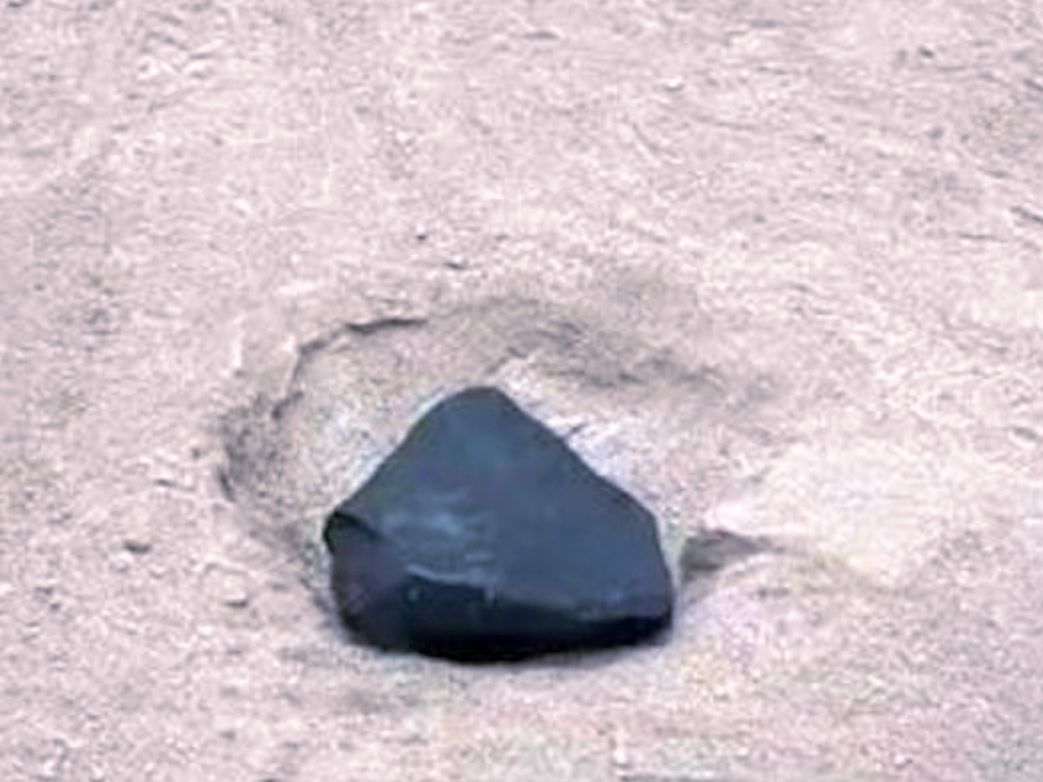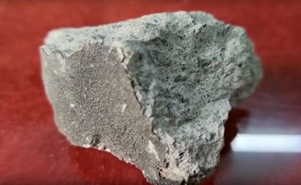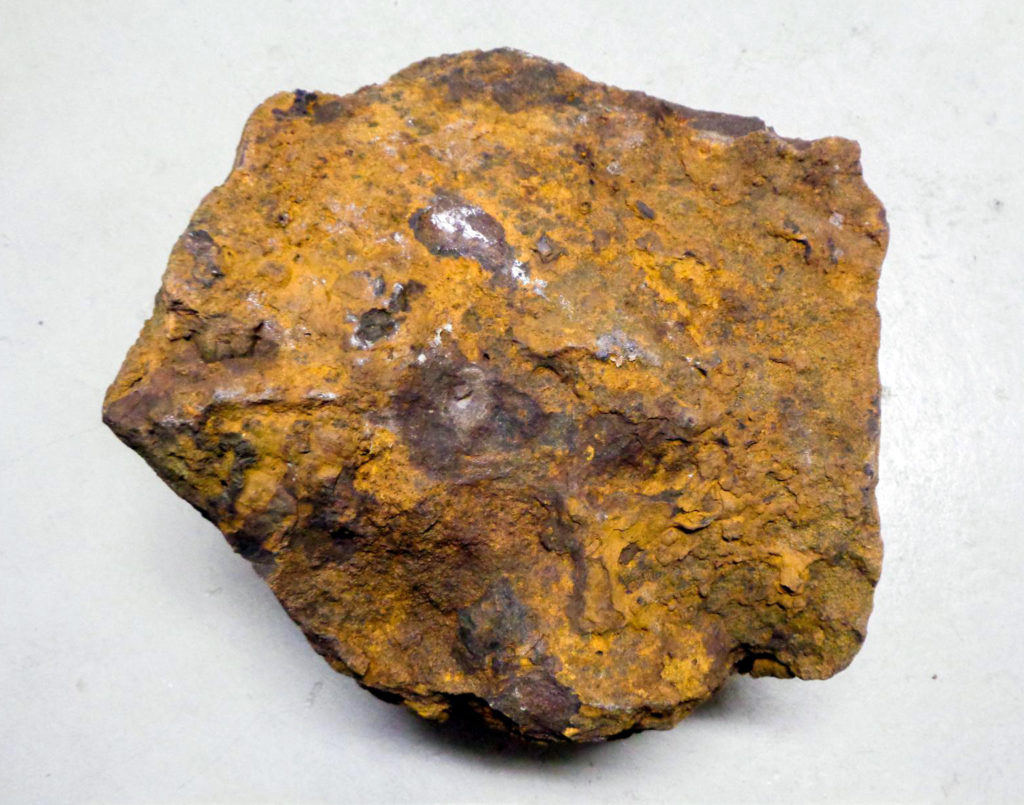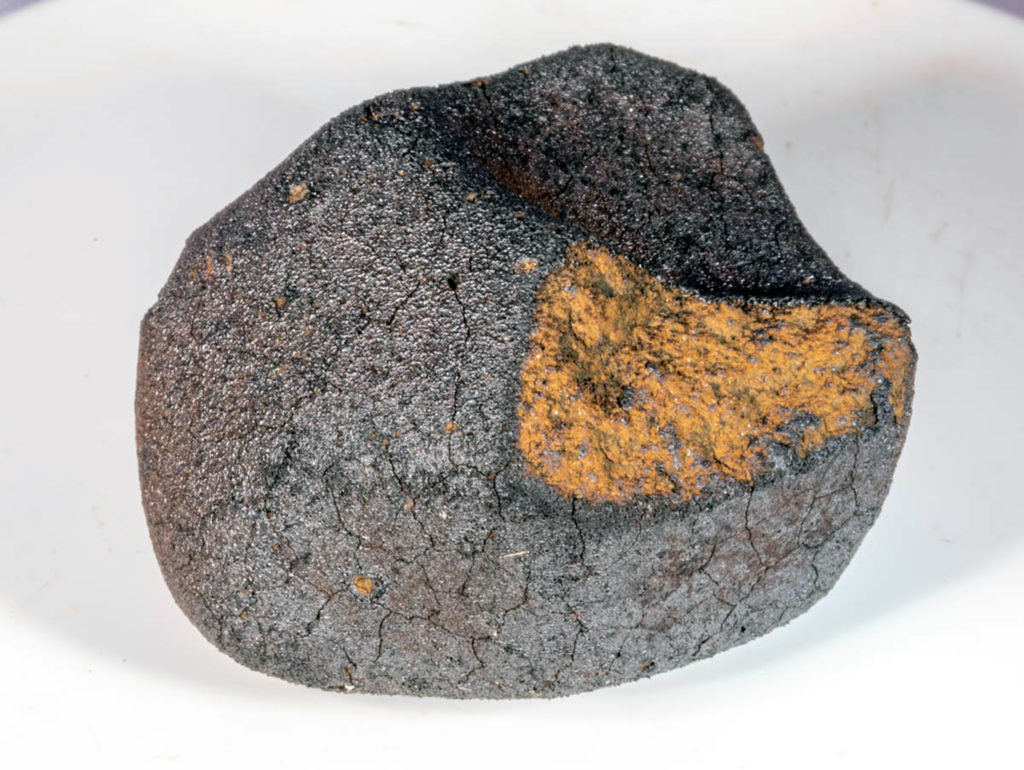Magnetization of Iron Meteorites up to the Meter in Size as Possible Analogs for Asteroid PsycheOPEN ACCESS
Clara Maurel, Elise Clavé, Jérôme Gattacecca, Minoru Uehara, Elias N. Mansbach, Timothy J. McCoy, Benjamin P. Weiss
JGR Planets
First published: 23 April 2025
LINK (OPEN ACCESS)
PDF (OPEN ACCESS)
“Meteorite paleomagnetic studies indicate planetesimal generated magnetic fields, but spacecraft magnetic measurements have yet to identify asteroidal natural remanent magnetization (NRM). This apparent discrepancy is of particular interest in the context of the NASA Psyche mission, which will search for evidence of past magnetic activity of the metal-rich asteroid (16) Psyche. Here, we aim to test whether the NRM of meteorites inevitably drops below detectable values as specimen size increases, which could explain why asteroidal NRMs could never be detected. We focus on iron meteorites as possible analogs to (16) Psyche’s constituent material. To do so, we measure the remanent magnetic field and estimate the NRM of samples of four iron meteorites with volumes between mm3 and m3. We find that their estimated NRMs decrease with increasing sample size but appear to plateau. These data are compatible with the idea that the bulk NRM of increasingly large objects becomes dominated by the fraction of this NRM produced by assemblages of magnetic minerals sharing a common magnetization direction. Moreover, all m3-sized meteorites carry NRMs that are two orders of magnitude above the detectability limit of the Psyche Magnetometer, three of which are possibly pre-terrestrial. These data, acquired on some of the largest masses of iron meteorites available on Earth, support the range of plausible NRM values for km-size regions of (16) Psyche, used to establish the spacecraft Magnetometer’s performance requirements. Nevertheless, large-scale events such as brecciation of the asteroid following magnetization acquisition could always lower the asteroid’s NRM below the detectability limit.”
































